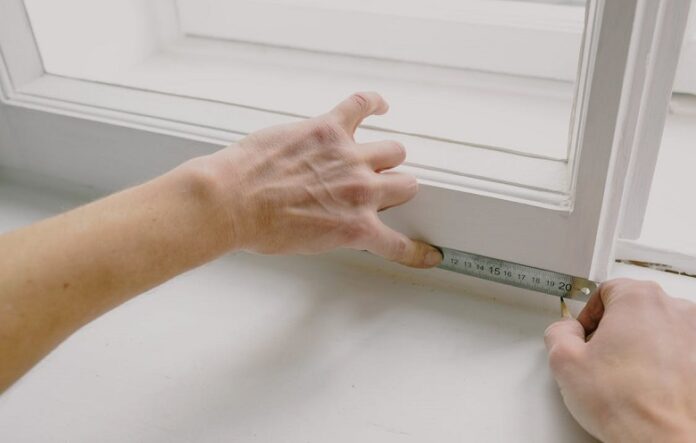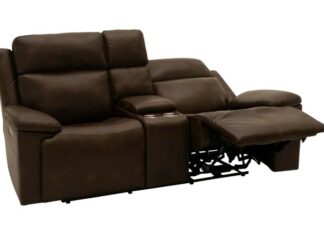In Portland, Oregon, known for its diverse architecture and vibrant housing market, choosing the right materials for a renovation project is crucial. The city’s unique climate and style trends demand careful consideration of materials to ensure both durability and aesthetic appeal. Whether you’re updating a charming Victorian in Laurelhurst or modernizing a mid-century home in the Pearl District, selecting the right materials can significantly impact the cost, functionality, and overall success of your renovation. Let us explore essential tips for Portland homeowners embarking on renovation projects, ensuring the materials chosen align with their vision and the city’s distinctive character.
1. Understanding Your Needs
Table of Contents
The first step in choosing renovation materials is understanding your specific needs. Consider the purpose of the renovation: Are you looking to increase functionality, enhance aesthetic appeal, or boost the property’s value? Evaluate the importance of durability, especially in high-traffic areas, and consider maintenance requirements. For instance, Portland’s rainy climate may necessitate moisture-resistant materials. Also, think about the style you want to achieve – whether it’s a contemporary, minimalist look or a more traditional, rustic feel – and ensure the materials align with this vision.
2. Exterior Materials
The choice of exterior materials is pivotal, especially in a city like Portland where the exteriors are constantly exposed to varying weather conditions. Options include various types of siding, roofing materials, and window styles. For siding, consulting with Portland Siding Replacement experts can provide insights into the best materials for local weather conditions and architectural styles. They can help you choose between vinyl, wood, fiber cement, or other materials, considering factors like durability, maintenance, and aesthetic compatibility with your home’s design.
3. Flooring Choices
Flooring is a critical component of any renovation project, with choices ranging from hardwood and tile to laminate and carpet. Hardwood floors offer a timeless look and durability but might require more maintenance and can be sensitive to moisture – a consideration in Portland’s damp climate. Tile is a great option for moisture-prone areas like bathrooms and kitchens, offering easy maintenance and durability. Laminate and carpet are cost-effective alternatives, each with its own set of advantages; laminate is durable and mimics the look of hardwood, while carpet provides warmth and comfort, ideal for bedrooms and living areas.
4. Kitchen Surfaces
The kitchen is often the heart of the home, and choosing the right materials for countertops, backsplashes, and cabinets is essential. Countertop options include granite, quartz, marble, and laminate, each offering different levels of durability, maintenance, and cost. Backsplashes can be an area to add a pop of style with materials like ceramic tile, glass, or even metal. For cabinets, consider the humidity and temperature fluctuations in Portland; materials like solid wood, plywood, or MDF can be chosen based on durability, cost, and aesthetic preferences.
5. Bathroom Materials
When renovating a bathroom, selecting the right materials is crucial for both functionality and style. For flooring and wall tiles, porcelain or ceramic are popular choices due to their moisture resistance and durability. Natural stone tiles offer a luxurious look but require more maintenance and can be more expensive. Countertops made of granite, quartz, or solid surface materials are durable and can withstand the humid environment of a bathroom. For fixtures, consider the finish and material for longevity and ease of cleaning, keeping in line with the overall design theme of the bathroom.
6. Paint and Wall Finishes
Selecting the right paint and wall finishes can significantly influence the ambiance of your renovated space. In small spaces, lighter colors can make rooms feel more spacious and airy, while darker hues create a cozier, more intimate atmosphere. Consider the room’s function: moisture-resistant paint for bathrooms and kitchens, and perhaps more vibrant or textured finishes for living areas or bedrooms. Additionally, low-VOC (Volatile Organic Compounds) paints are a healthier choice, reducing exposure to harmful chemicals and aligning with a growing trend towards eco-friendly living.
7. Eco-Friendly Options
Eco-friendly material choices are not only good for the environment but can also be beneficial for your health and potentially save money in the long run. Materials like bamboo flooring, recycled glass tiles, and low-VOC paints are sustainable options that don’t compromise on quality or aesthetics. Additionally, consider insulation materials like cellulose or recycled denim to improve energy efficiency. These eco-conscious choices are particularly appealing in today’s environmentally aware market and can add a unique selling point to your property.
8. Budgeting for Materials
Balancing quality and cost is key when selecting materials for your renovation. It’s essential to allocate your budget wisely, investing more in high-impact areas or features you’ll frequently use, like kitchen countertops or flooring. For less critical areas, there are often more cost-effective options that can still achieve a high-end look. Don’t forget to factor in the longevity and maintenance costs of materials, as a cheaper upfront cost might lead to higher expenses in the long run.
9. Working with Contractors
Effective communication with your contractors is crucial in ensuring that the materials you choose are correctly installed and finished. Discuss your material preferences clearly and ensure they understand the look and functionality you’re aiming for. Also, consider their professional advice, as they might suggest alternatives based on their experience with similar projects. Quality installation is critical for the longevity and performance of the materials, so ensure your contractor has a good track record.
10. Future-Proofing Your Choices
When choosing materials, think about how they will stand the test of time, both in terms of style and durability. Avoid overly trendy options that might look dated in a few years and opt for classic, timeless choices that will remain stylish. Durability is also key; choosing materials that are built to last will ensure your renovation remains in good condition for years to come. This foresight will not only benefit you in the long run but also add value to your property should you choose to sell.
Conclusion
Selecting the right materials for your renovation project is a critical decision that impacts the project’s success, longevity, and aesthetic appeal. From understanding your specific needs to future-proofing your choices, each step requires careful consideration. By balancing practicality with style, budgeting wisely, and working effectively with contractors, you can achieve a renovation that meets your expectations and enhances your living space. Remember, the materials you choose are an investment in your home’s future, so take the time to make informed decisions.











